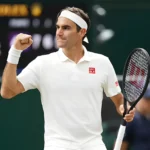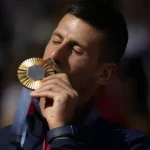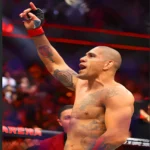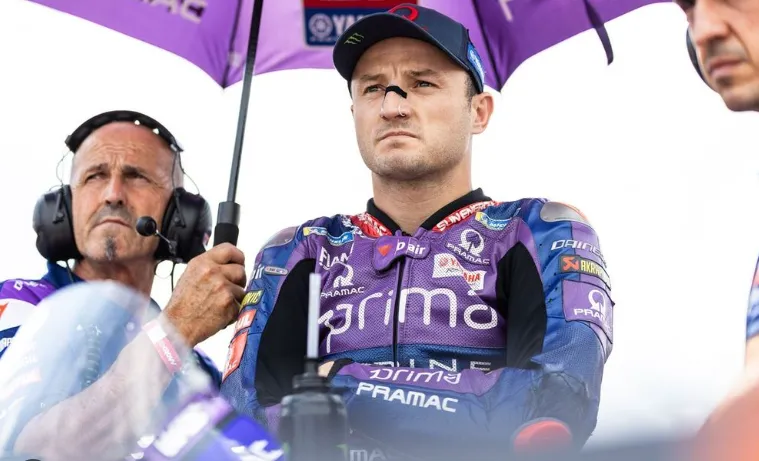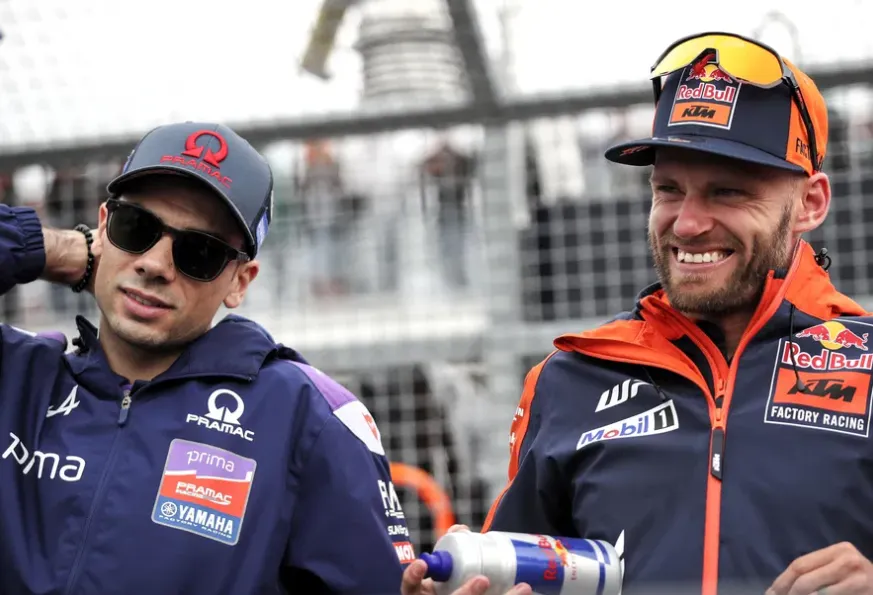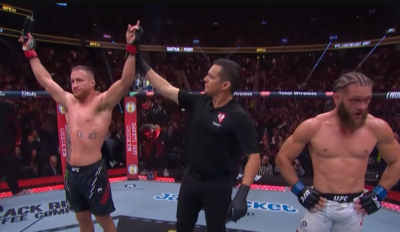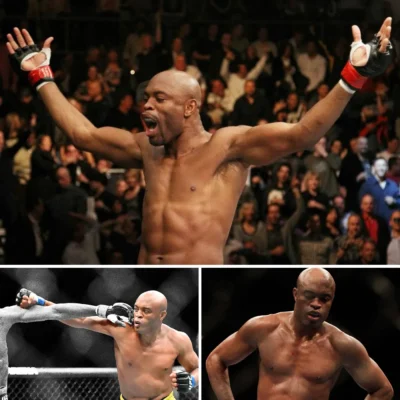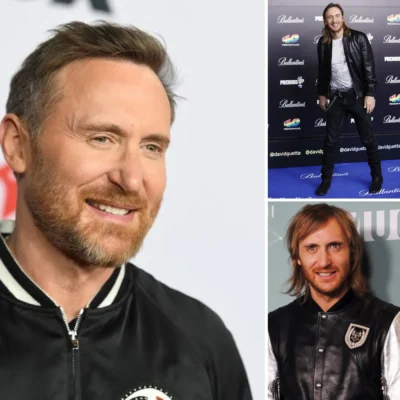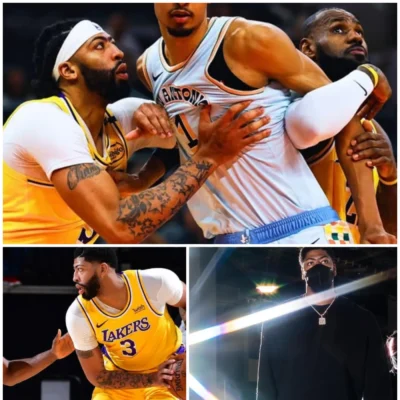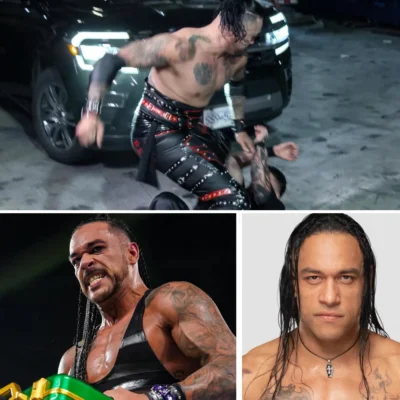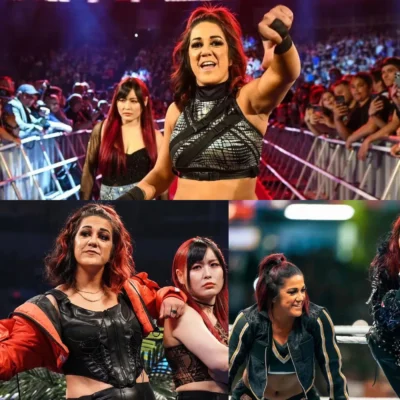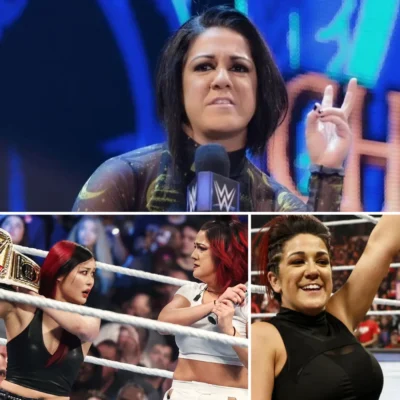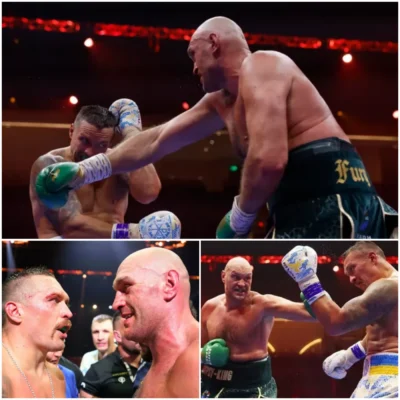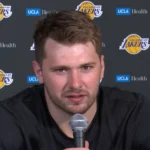

From hero to forgotten man – where does Miguel Oliveira stand in the heart of MotoGP?
Once hailed as the pride of Portugal and the dark horse of MotoGP, Miguel Oliveira now finds himself in a strange limbo—neither celebrated as a front-runner nor entirely dismissed from the conversation. His journey from race winner and national hero to an oft-overlooked figure in the paddock is both puzzling and symbolic of the unforgiving nature of modern MotoGP.
The Rise: From Hopeful to History-Maker
Miguel Oliveira’s path to the premier class was forged in ambition, talent, and quiet resilience. After a strong stint in Moto3 and Moto2, his 2018 season with Red Bull KTM Ajo in Moto2 was a defining moment, finishing second in the championship behind Francesco Bagnaia. That same year, he was confirmed as one of the two riders launching the Tech3 KTM project in MotoGP for 2019.
From the start, Oliveira showed promise. Unlike many rookies, he approached each race with maturity and calculated aggression. His breakthrough came in 2020 at the Styrian Grand Prix, where he clinched his first MotoGP victory with a sensational last-corner move. Later that year, he dominated his home race at the Portuguese Grand Prix in Portimão, leading every lap to take his second win. He became the first Portuguese rider to win a MotoGP race—instantly immortalizing himself in the country’s sporting history.
At that point, Oliveira looked destined for stardom. The future seemed golden. But MotoGP, much like any elite sport, rarely follows a predictable script.
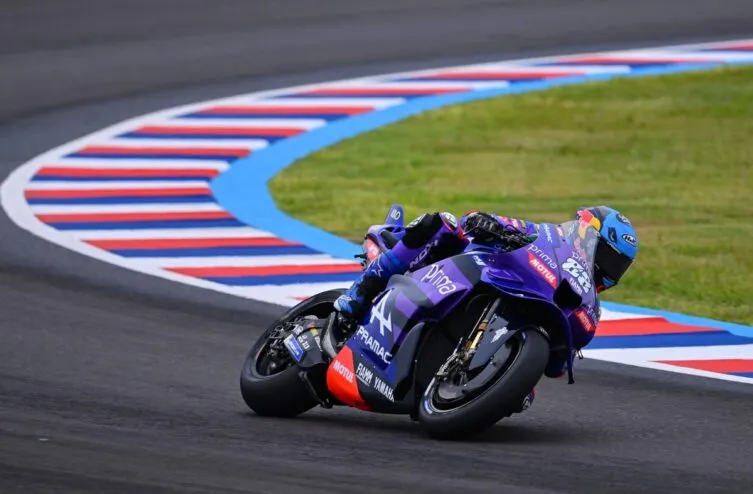
The Plateau: Inconsistencies and Internal Politics
Despite the highs, Oliveira’s KTM journey was riddled with inconsistency. He struggled with the bike’s development and suffered from KTM’s shifting priorities. One race he’d be battling inside the top five, the next he’d be languishing in the lower midfield. The Austrian factory’s setup direction often favored teammate Brad Binder, and Oliveira never seemed fully in sync with the RC16 after his 2020 heroics.
Injuries didn’t help either. A complex shoulder problem in 2021 derailed much of his momentum, and his subsequent performances lacked the flair of his early wins. By 2022, although he managed to win two more races (in Mandalika and Buriram), KTM made the surprising decision to prioritize new talent, essentially pushing Oliveira out of the factory structure.
His decision to join RNF Aprilia in 2023 was a bold one. The Aprilia RS-GP showed promise, and Oliveira’s experience was expected to elevate the satellite squad. But again, misfortune reared its head. Injuries, technical gremlins, and on-track collisions—most notably being taken out by Marc Márquez in Portimão—plagued his debut season with Aprilia. Despite moments of pace and grit, the results failed to reflect his true capabilities.
The Fall: 2024 and the Vanishing Act
The 2024 season was supposed to be a reset—a chance to prove the doubters wrong and reassert himself as a contender. But that never happened. Instead, Oliveira found himself in a performance drought, unable to crack consistent top 10 finishes. The RNF Aprilia project, while promising in theory, struggled to keep pace with factory teams and better-supported satellites like Pramac Ducati and VR46 Racing.
Rumors swirled mid-season about Oliveira’s future. Whispers suggested that Aprilia had lost faith, and that other teams weren’t exactly queuing up to sign him. The cruel reality of MotoGP began to manifest: when you’re not on the screen, you’re not in the conversation.
While newer names like Pedro Acosta, Marco Bezzecchi, and even rookies in Moto2 were drawing media and team attention, Oliveira’s name was noticeably absent. For a rider with five premier class wins, it was a harsh indictment of how quickly MotoGP can forget.
The Present: Between Hope and Uncertainty
As of mid-2025, Oliveira remains without a clear trajectory. His contract situation remains delicate, and with the rider market increasingly competitive, there’s no guarantee of a factory or even satellite seat next season. Yamaha’s potential expansion and new satellite opportunities might offer him a lifeline, but nothing is assured.
His current standing in MotoGP can best be described as “invisible.” He is respected, certainly, and admired by purists who remember his brilliance at Portimão. But in a sport obsessed with youth, speed, and spectacle, Oliveira’s quieter style and inconsistent results have left him on the periphery of the spotlight.
Yet, ask his fans in Portugal, and they’ll tell you he’s still their hero. Ask paddock insiders, and many will acknowledge his intelligence and smooth riding. He remains a technically gifted, mentally strong rider—but one who has yet to find a project that truly fits him.
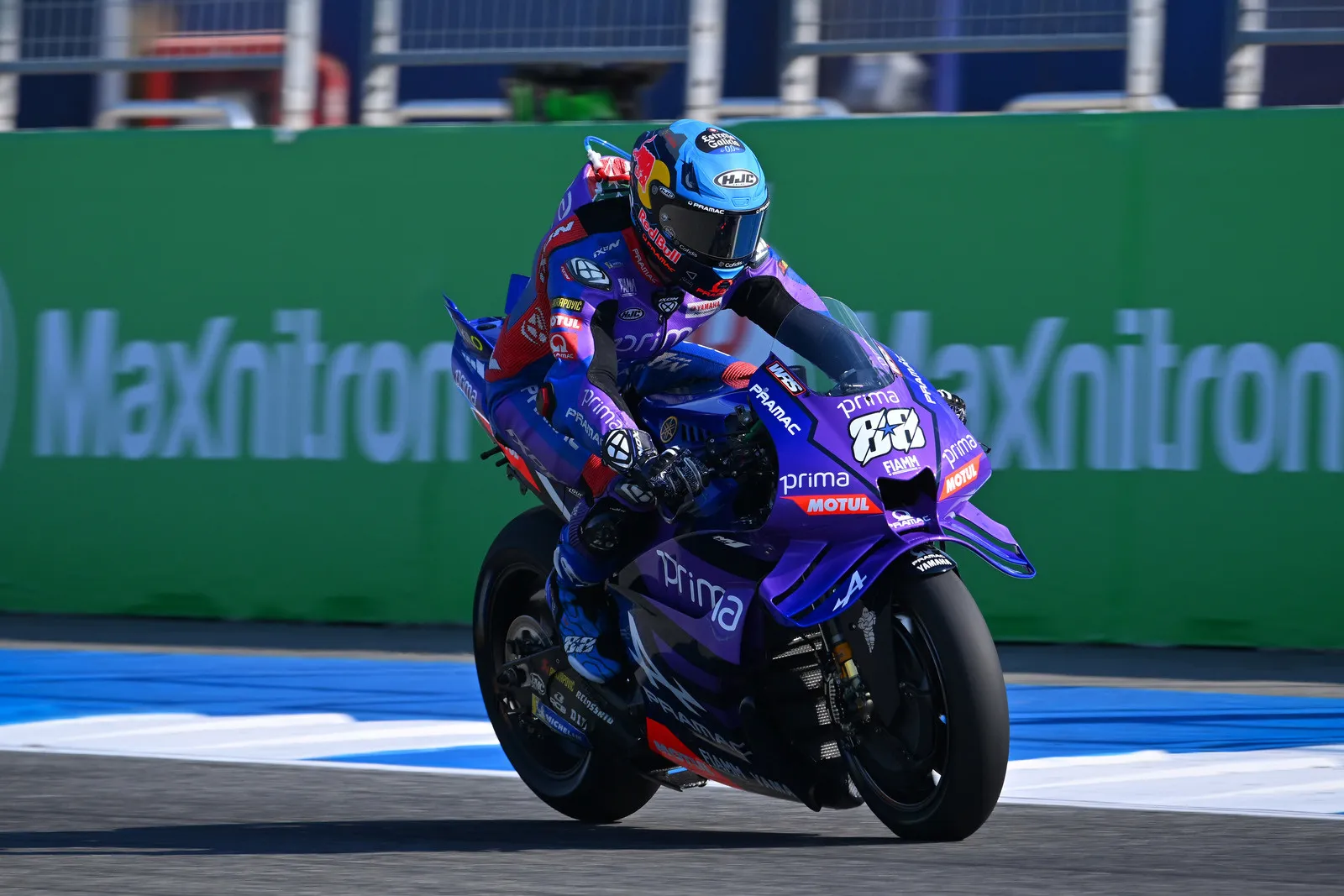
What’s Next?
There are a few possible outcomes:
-
A return to KTM? Highly unlikely given past politics, but never impossible in MotoGP.
-
Switching to World Superbike? If no competitive MotoGP seat arises, Oliveira might seek greener pastures elsewhere.
-
Remaining with Aprilia in a testing/development role? A role behind the scenes might preserve his MotoGP involvement, but would mark a major step back from racing.
-
One last resurgence in a wildcard seat? With the right bike and team, Oliveira might still have the pace to surprise—but time is no longer on his side.
Conclusion: Forgotten, But Not Finished?
Miguel Oliveira’s current chapter in MotoGP is bittersweet. He went from making history and representing a new era for Portugal in motorsports to watching the sport move forward without him in its headlines.
Yet, if MotoGP teaches us anything, it’s that nothing is ever truly final. Riders like Andrea Dovizioso and Johann Zarco found second winds late in their careers. Oliveira is still only in his early 30s, and if the stars align, he may yet write another heroic chapter.
But the clock is ticking. And unless something changes soon, the man once hailed as MotoGP’s next big thing may quietly fade into the sport’s memory—not as a failure, but as a story of what could have been.
